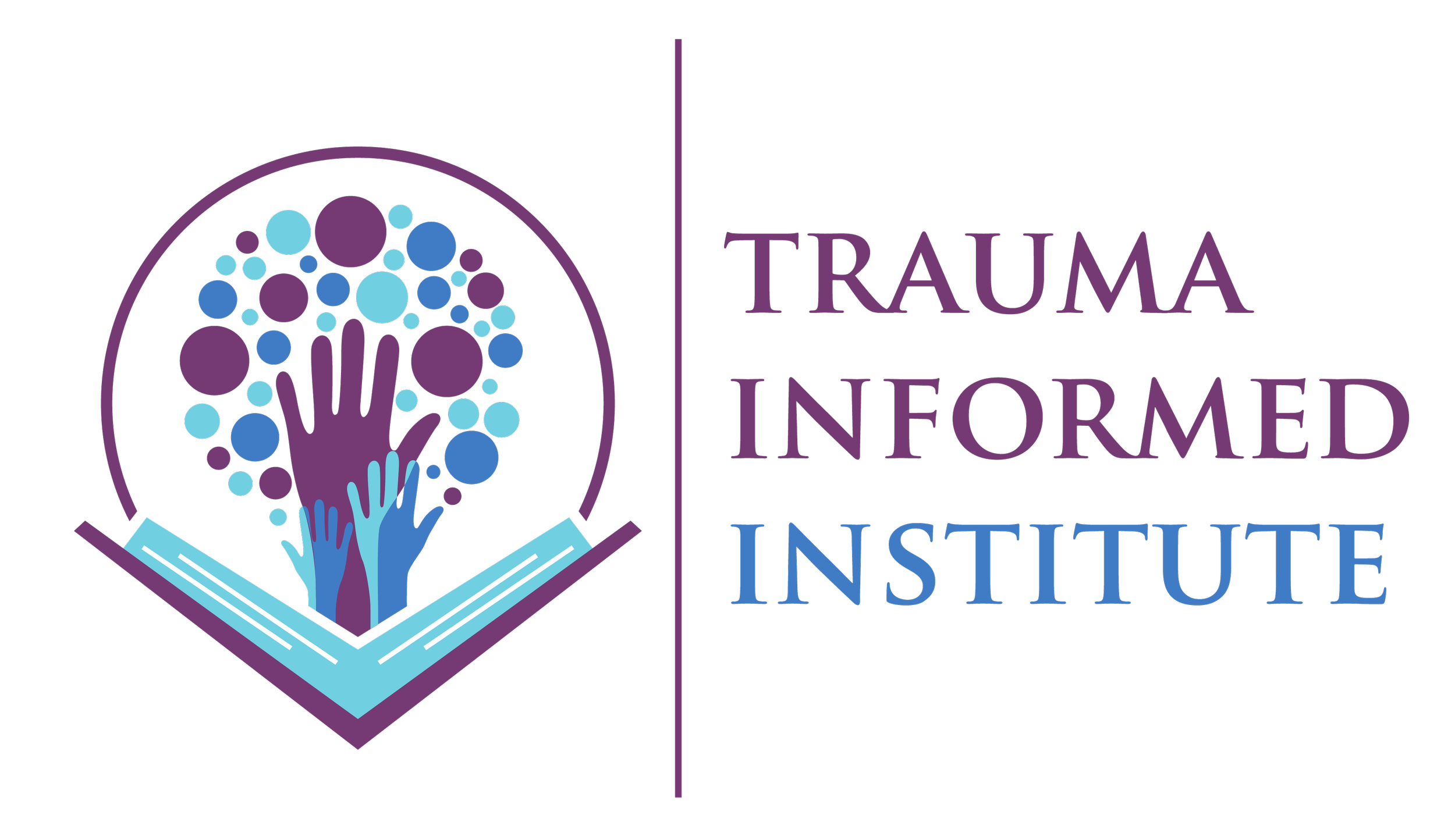Interpreting Behavior as Communication: Deciphering the Student's Message
In the realm of trauma informed education, the understanding that behavior is a medium of communication represents a pivotal perspective shift. It's a recognition that when students exhibit challenging behaviors, they are attempting to convey something much deeper than what might appear on the surface. Rather than seeing their actions as mere defiance or disruptions, we should view them as signals of unmet needs, emotions, or distress.
This understanding forms the bedrock of our response to such behaviors, emphasizing empathy and a commitment to unraveling the messages within. It acknowledges that not all students possess the verbal or emotional tools to articulate their feelings or needs clearly. Instead, they may resort to behaviors as a way of expressing their inner turmoil, seeking attention, connection, or sending a cry for help.
But why is behavior a mode of expression?
The reasons are as diverse as the students themselves. It can stem from a lack of healthy coping mechanisms, stemming from their personal experiences or exposure to trauma. For some, communication challenges, such as language barriers or developmental differences, may limit their ability to express themselves verbally, leading students to communicate through their actions. Additionally, the very environment in which students learn can sometimes activate the nervous system and challenging behaviors, particularly in cases where sensory overload, peer dynamics, or academic pressure come into play.
As educators, our response is pivotal. It hinges on maintaining composure and patience when confronted with challenging behaviors. This approach allows us to probe deeper into the behavior's underlying message. We must ask ourselves: What is the student trying to tell us? What needs are not being met, or what unspoken emotions are behind their actions? By staying empathetic and inquisitive, we create a space where students can feel heard and understood, fostering their ability to communicate more effectively.
It is our responsibility to model and teach healthy coping skills that enable students to manage their emotions and stress healthily. In doing so, we empower them with the tools to express themselves in constructive ways. Creating a supportive classroom environment where students feel comfortable sharing their thoughts, concerns, or emotions is equally crucial. This encourages open communication, which, in turn, can lead to more positive and effective problem-solving.
Additionally, collaboration with specialists, counselors, and support staff can be invaluable when dealing with complex behavioral challenges. These professionals can offer insights, strategies, and interventions tailored to the specific needs of students. By working together as a team, we maximize our ability to support and nurture every student's academic and emotional growth.
Recognizing behavior as a form of communication represents a profound shift in our educational approach. By delving into the hidden messages within challenging behaviors, remaining empathetic, and providing the necessary support and guidance, we create an environment where both academic and emotional growth co-exists.


